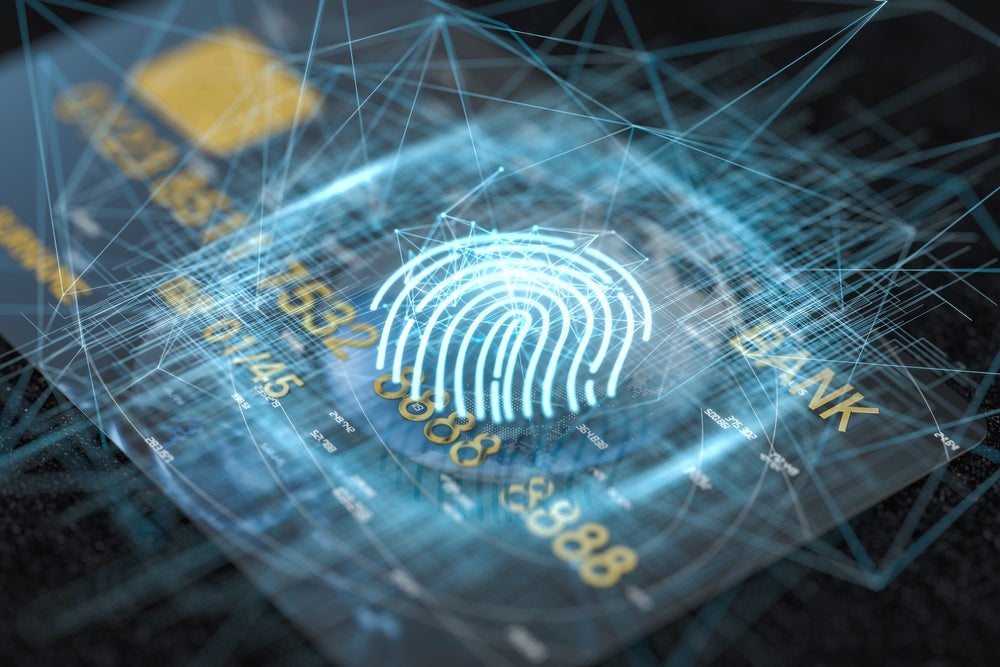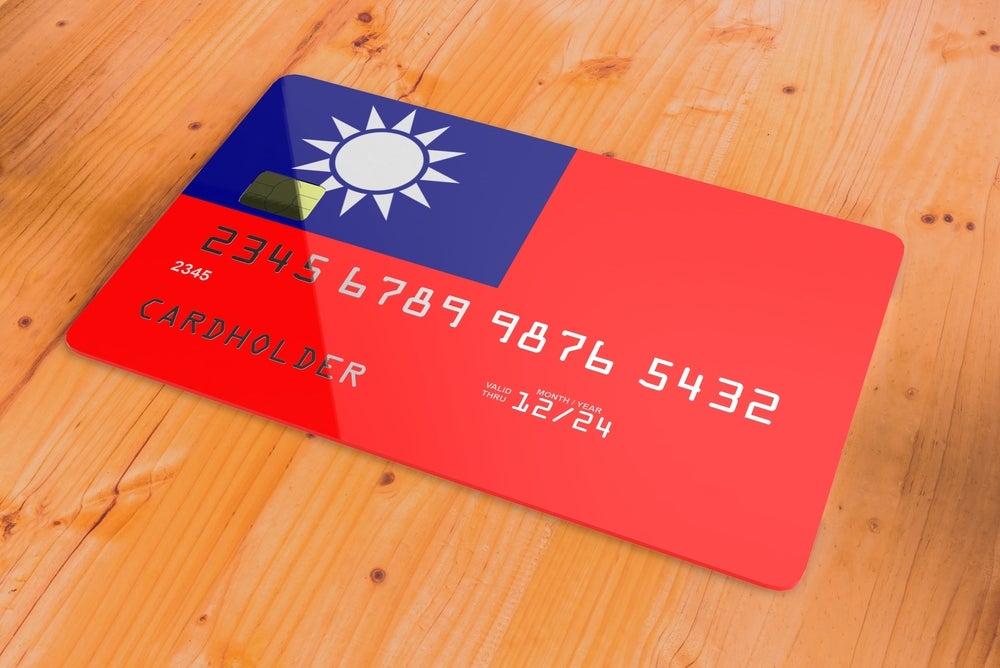Who said that mobile payments was the way forward? You do not need any new methods to get results, just innovative ideas and new features, if the growing interest in display cards is anything to go by. Duygu Tavan and Nick Collin report
With the current hype around mobile payments, you might be forgiven for thinking that the days of the humble plastic payment card were numbered. But no. A new type of value-added card is emerging – and if MasterCard’s research is anything to go by, then Display Cards will soon be commonplace.
A display card looks and feels exactly like a conventional plastic card, and can be used in the normal manner for payments or ATM withdrawals, but also features a small LED display, together with one or more touch-sensitive buttons for operating the display. This transforms the card from a passive token which can only be used at a POS terminal, to an interactive device which enables cardholders to generate dynamic passcodes, gain access to useful information such as account balances, and more. Single button and multiple button versions are available:
Display cards are still very new, but initial results in the field are encouraging.
MasterCard Europe research found that 47% of consumers would sign up for a balance display card if offered one by their bank, and of these, 57% would use their card more. On average, the consumers who wanted a card would be prepared to pay between €10 and €15 for them.

How well do you really know your competitors?
Access the most comprehensive Company Profiles on the market, powered by GlobalData. Save hours of research. Gain competitive edge.

Thank you!
Your download email will arrive shortly
Not ready to buy yet? Download a free sample
We are confident about the unique quality of our Company Profiles. However, we want you to make the most beneficial decision for your business, so we offer a free sample that you can download by submitting the below form
By GlobalDataTony Costella, Senior Business Leader, Consumer and Market Intelligence at MasterCard Worldwide, says that MasterCard’s research found “phenomenal” consumer appeal – and that “all of these scores are well above country averages. Poles tend to score all new innovations higher in studies, but even in the UK interest is very high,” he says.
Banks are equally keen. “In a year’s time, MasterCard will have launched the product for more than 20 banks in countries such as Turkey, Poland, Mexico, and Belgium,” says MasterCard’s Head of Added Value Solutions, Fikret Ates.
The latest banks to launch display cards are Romanian lenders Credit Europe Bank and Carpatica Bank, which both launched display debit cards for online banking authentication last month. They follow in the footsteps of BNP Paribas’ Turkish subsidiary TEB in 2010, which was the first to launch a display card. At the recent Cartes expo, TEB unveiled its next product – a display credit card with both authentication and information display features.
Bulent Ersoz, Card Payment Systems Director for TEB, says he considers these cards the iPhones of the cards world – changing the way people communicate. “Especially where loyalty schemes are popular [such as in Turkey], these cards will see a high uptake because consumers can see their loyalty points.” He adds that in countries like Turkey, where purchases can be paid back in instalments, knowing the credit balance is crucial, in addition to one-off online passwords, balance checks and the next instalment date.
Remote authentication made easy
According to FICO fraud expert Martin Warwick, two-thirds of card fraud is due to Card-Not-Present (CNP) transactions. Warwick says that display cards that can generate a One-Time-Password (OTP) for online banking and payments brings the transactions as close to being like a face-to-face, chip-and-PIN transaction as possible.
ìIn a developed market such as the UK, I cannot see banks replacing their current cards in the near future. So you need a market that has not achieved that scale yet. But in terms of fraud, if you consider the UK again, then two-thirds of all card fraud is based on CNP, he says.

Remote Chip Authentication (RCA, known as CAP by MasterCard and DPA by Visa) is now widely used for secure online banking, with some 50 million readers in use in Europe – and is just starting to be used for secure CNP payments, when the OTP is treated as a 3D Secure code.
A display card used for remote authentication is simply RCA without the need for a separate reader. This is more convenient for cardholders and means that banks save on the costs of issuing readers. An even simpler solution is to use a single-button display card to generate the OTP without entering a PIN. This may prove highly attractive to banks looking for a simple way to add an extra level of security to login procedures, since when combined with a conventional password it is just as secure, and considerably more cost-effective, than the common practice of issuing customers with proprietary OTP tokens for online banking.
Access to information, exactly when it is needed
The technology continues to evolve, with new features in the pipeline such as multi-line displays, scrolling or cycling displays, defined-function buttons, multi-function buttons (eg one press for balance display, two presses for OTP, etc), and contactless display cards.
In November, at the Cartes expo in Paris, Visa and Nagra ID Security announced a CodeSure matrix display card enabling display of non-Roman character sets for local languages, currencies and graphical symbols. Features such as these are prompting issuers to think of display cards as new channels for communicating with their customers.
We have the technology
Display cards merge several technological advances, including highly efficient LED displays, touch-sensitive buttons, super-thin lithium batteries, and a breakthrough in the manufacturing process, all enabling cardholders for the first time to have direct access to the full data processing power of the EMV chip on the card.
Perhaps the most remarkable technological feature is the highly flexible lithium polymer batteries which can power the cards for a typical lifetime of three years or more. These have been developed by Florida-based Solicore. CEO Dave Corey says: “The four key criteria essential to success are being thin, flexible, safe and tolerant of the elevated temperatures required in hot lamination card manufacturing. Solicore’s embedded power solutions are the only commercially deployed product that already meet these stringent criteria for branded, financial transaction display cards.
“With advances in imaging and printed electronics technologies, price and performance are bound to improve even more.”
The unit price for display cards is currently at least €10, and although this will no doubt drop with volume production and as the technology continues to develop, this is still about an order of magnitude more than standard chip cards. Nevertheless, the potential benefits mean that a growing number of banks have been able to make a positive business case for deploying display cards.
But with all the talk about new payment technologies, such as mobile wallets, will cards – display or non-display – not cease to exist, or at least lose their appeal?
Well, probably not.
“If and when everybody has mobile wallets, then cards may eventually become redundant. But how long – realistically – will it take to get to that day? Ten or so years since internet banking became available, there are still many consumers who do not use it – so mobile wallets will not turn the business upside down overnight. In the meantime, there is a huge opportunity for display cards,” MasterCard’s Costella argues.
“Consumers do not see display cards as a new technology – but as a new feature. All the concerns and nervousness about switching to a new technology don’t seem to be there in the same way. So it can be seen as a good transition product. For many, this is an extra functionality on a product they are comfortable with. Consumers like the control element.”
So mobile payments is not the only story in town. With display card technology, it looks like plastic payment cards are going to be with us for many years to come.
Nick Collin is Director of Collin Consulting – www.ncollin.demon.co.uk







